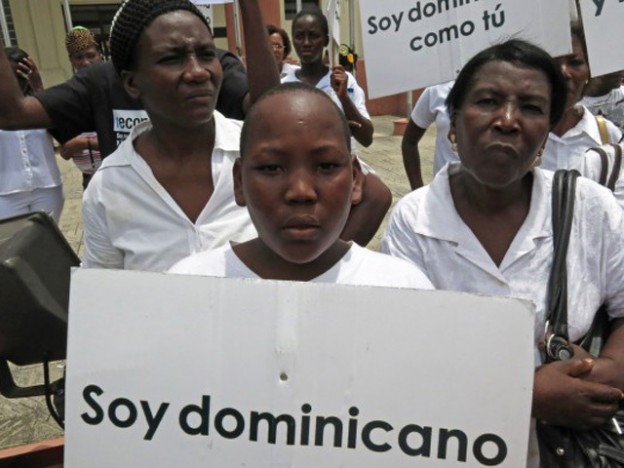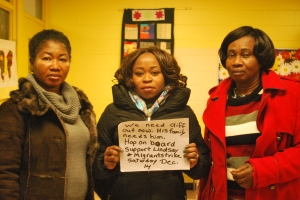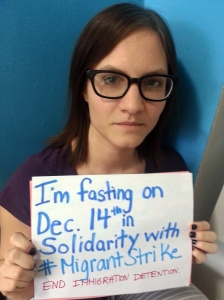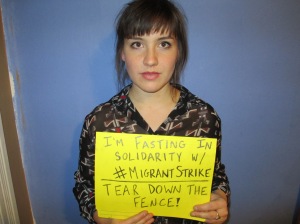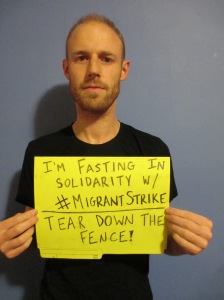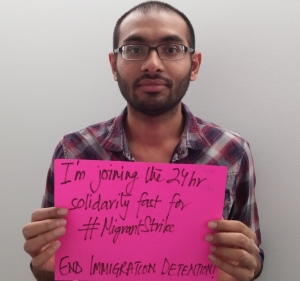By Bosire Boniface in Garissa
March 11, 2014. From SabahiOnline
While some Somalis residing in Kenya’s Dadaab refugee complex are taking stock of the living conditions back home before their eventual journey back, others are not ready to return and fear what might happen if the camps are closed prematurely.![Somali refugees at the Dadaab refugee complex in attend the celebrations to mark World Refugee Day on June 20, 2012. [Abdullahi Mire/AFP]](http://sabahionline.com/shared/images/2014/03/11/somali-refugees-dadaab-340_227.jpg)
Somali refugees at the Dadaab refugee complex in attend the celebrations to mark World Refugee Day on June 20, 2012. [Abdullahi Mire/AFP]
To better understand refugees’ mixed sentiment on the repatriation process, the International Organisation for Migration (IOM), in partnership with the United Nations High Commissioner for Refugees (UNHCR), launched on February 25th a comprehensive survey of Somali refugees living in Dadaab camps.
The Return Intention Survey will be conducted over four months, and the results of the survey will be taken into consideration in the planning process for the voluntary repatriation of refugee families, according to IOM.
“In the next two months, 50 enumerators trained by IOM will be in the field to interview a sample of 7,453 households, representing 27 groups of refugees from nine different regions in Somalia, who arrived in three phases to Dadaab,” IOM said in a statement.
The survey will attempt to gather information a host of data points on the refugees, including how they used to earn a living, what property claims they may have, what forced the families to move from Somalia, current living conditions, skills and occupation, why they may choose to return, and their expectations with regard to access to services, security, employment and housing in Somalia, IOM said.
IOM and UNHCR agreed to carry out the survey to ensure the refugees’ views and concerns are heard and taken into consideration, under the framework of a tripartite agreement signed last November between Kenya, Somalia and UNHCR.
Hesitation and hope
To inform the public about the correct objectives of the survey, the organisations launched a communications campaign that included a press conference in Dadaab, public service announcements on radio and extensive meetings with refugee leaders.
But despite those efforts, the survey has been greeted with little or no enthusiasm, according to Halima Hussein Abdille, 35, a refugee in Dadaab’s Kambioos camp.
“I am certain that most of the refugees are reluctant to return in Somalia,” she told Sabahi. “But I doubt our voice will sway the Kenyan government which appears decided that we refugees should leave Kenya.”
Abdille, who arrived in the camps in 2007 from Bardhere in Gedo region, said she is not ready to return back home “any time soon” and is braced for forceful evictions from the camps.
“Al-Shabaab killed my cousin in January 2014 accusing him of not being cooperative with their demands. They have killed elderly and clerics there [recently]. How can one return to such a place?” she said.
“There have been sustained calls from Kenyan government officials to close the camps,” she said. “In case we are asked to leave the camps, our options will be limited regardless of international laws protecting the refugees.”
Still, Abdille said she knows of at least ten refugee families who left the camp for Somalia during the month of February.
“They left under their own means. Some left with donkey carts carrying their belongings while others left on hired vehicles,” she said.
Adan Hussein Ibrahim, 35, a refugee in Ifo II camp, was more optimistic about his future in Somalia and said he plans to return before the end of March.
“I came to Kenya on November 3, 2010, with my wife and three children,” he told Sabahi. “Since then, I have not been registered. We have been surviving on the goodwill of relatives in the camp who share with us their meagre food rations.”
Ibrahim said dozens of families who arrived in Kenya at the end of 2010 had already left.
He said a group of his relatives have been checking to see if his hometown of Bulo Marer in Somalia’s Lower Shabelle region is suitable for resettlement.
“In the long run, my family and I will find our way to Hargeisa. I hope to settle and start business there,” he said, adding that he was inspired to return to his home country by those still in Somalia living and working under volatile situations.
Despite reports of al-Shabaab kidnappings, harassment, extortion, stealing livestock and imposing fines, many of the refugees are keen to return or have returned already, he said.
Beginning the journey home
Dadaab District Officer Bernard ole Kipury said security forces on patrol along the Kenya-Somalia border encounter far more groups of Somalis leaving Kenya than entering.
“On questioning those leaving, they tell the security officers that they are going back home to rebuild their lives,” he told Sabahi. “They are always in groups of not less than ten people including children and mothers.”
During security searches, the refugees are mostly found in possession of personal belongings, bedding and a little food and water for the journey back home, he said.
“Those coming [into Kenya] tell security officers they were in the camps [previously],” Kipury said. “Others say they are visiting their relatives.”
He said security in the camps has improved over the past two months, however, security forces remain on alert “because the lack of activities by al-Shabaab group has previously proved to be a tactic to distract alertness before an attack”.
Kipury said it was difficult to know exactly the number of refugees who have left the camps so far.
But on February 19th, during a press conference with Somali Prime Minister Abdiweli Sheikh Ahmed, Kenyan Deputy President William Ruto said that between 80,000 and 100,000 refugees had already travelled to Somalia voluntarily, adding that it may take two years to repatriate Somalis from Dadaab.
Raouf Mazou, UNHCR representative in Kenya, said the return of the refugees would be carried out on a voluntary basis only, as per the tripartite agreement signed between Kenya, Somalia and UNHCR, and that the process would take at least 10 years to conclude.
Kenyan Secretary of Interior and Co-ordination of National Government Joseph ole Lenku, however, maintains that it is possible to close the camp under a year.
“What is required in every situation is a will and commitment,” he told Sabahi. “There are organisations and individuals who want to instil the notion that Somalia is not safe for returning refugees. They are instilling fear instead of hope.”
“It will defeat logic if the refugees do not return to areas liberated by Somalia and African Union as soon as today,” he said.
As repatriation becomes more real for Somali refugees in Dadaab, what do you think is the role of the Return Intention Survey? Why do you think there is a lack of enthusiasm for taking part in this survey? Do let us know your thoughts!




 Thousands of African migrants have held protest marches over the past week
Thousands of African migrants have held protest marches over the past week Israel says most of the migrants do not meet the criteria for refugee status according to international convention
Israel says most of the migrants do not meet the criteria for refugee status according to international convention Hundreds of migrants are being held in a detention centre in the Negev desert
Hundreds of migrants are being held in a detention centre in the Negev desert.jpg) Zena, from Eritrea, has a job and says he lives in better conditions than African friends of his
Zena, from Eritrea, has a job and says he lives in better conditions than African friends of his Illegal migrants who agree to leave the country get $3,500 compensation
Illegal migrants who agree to leave the country get $3,500 compensation

